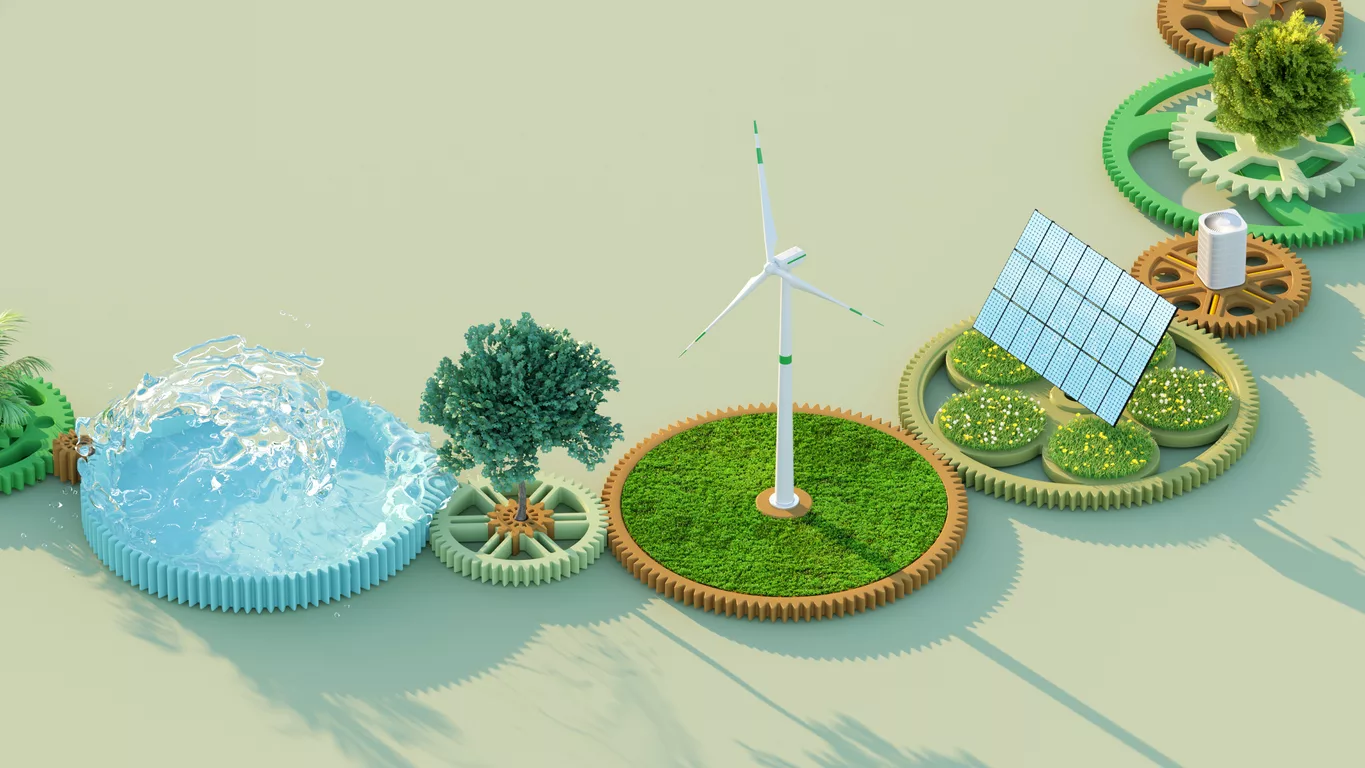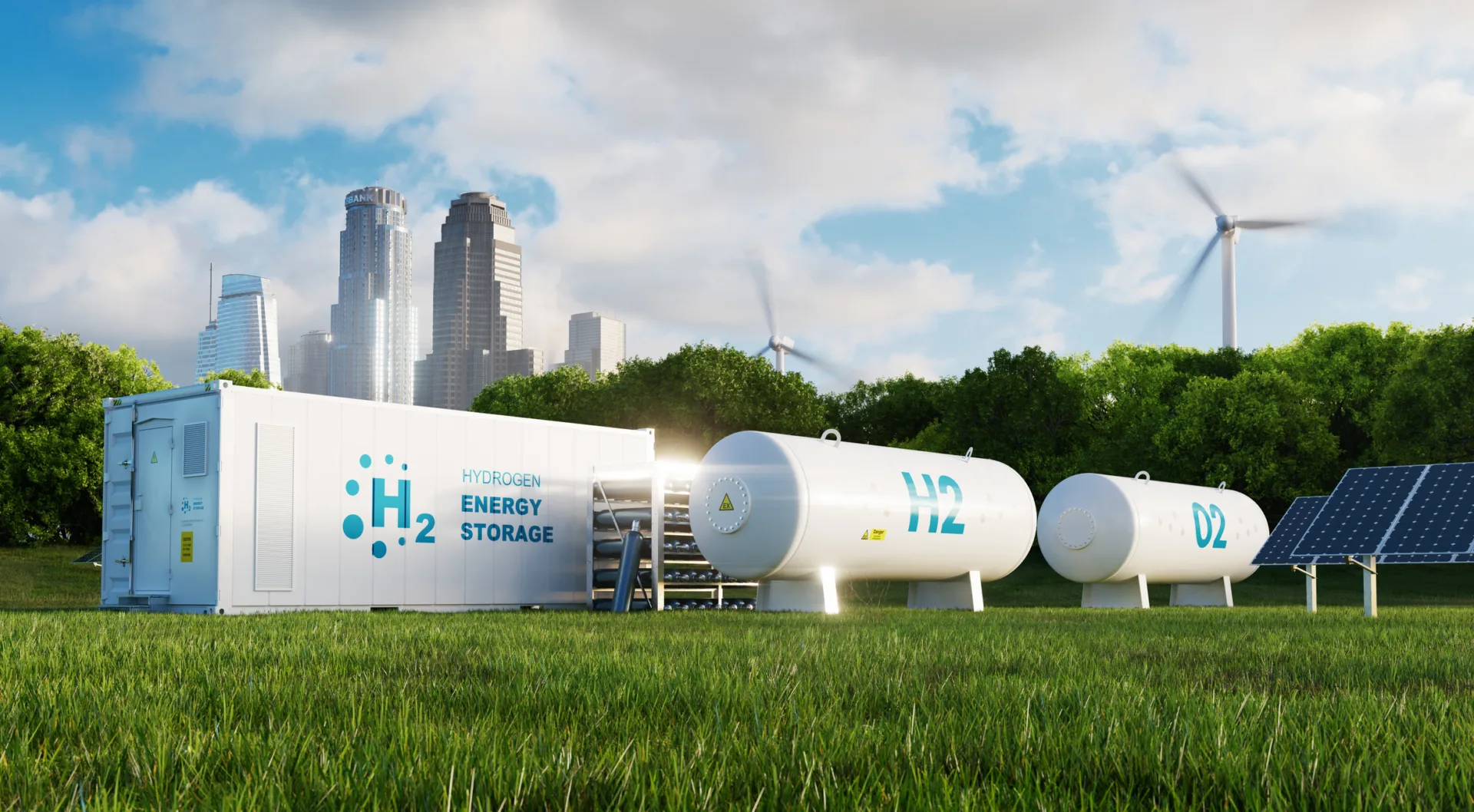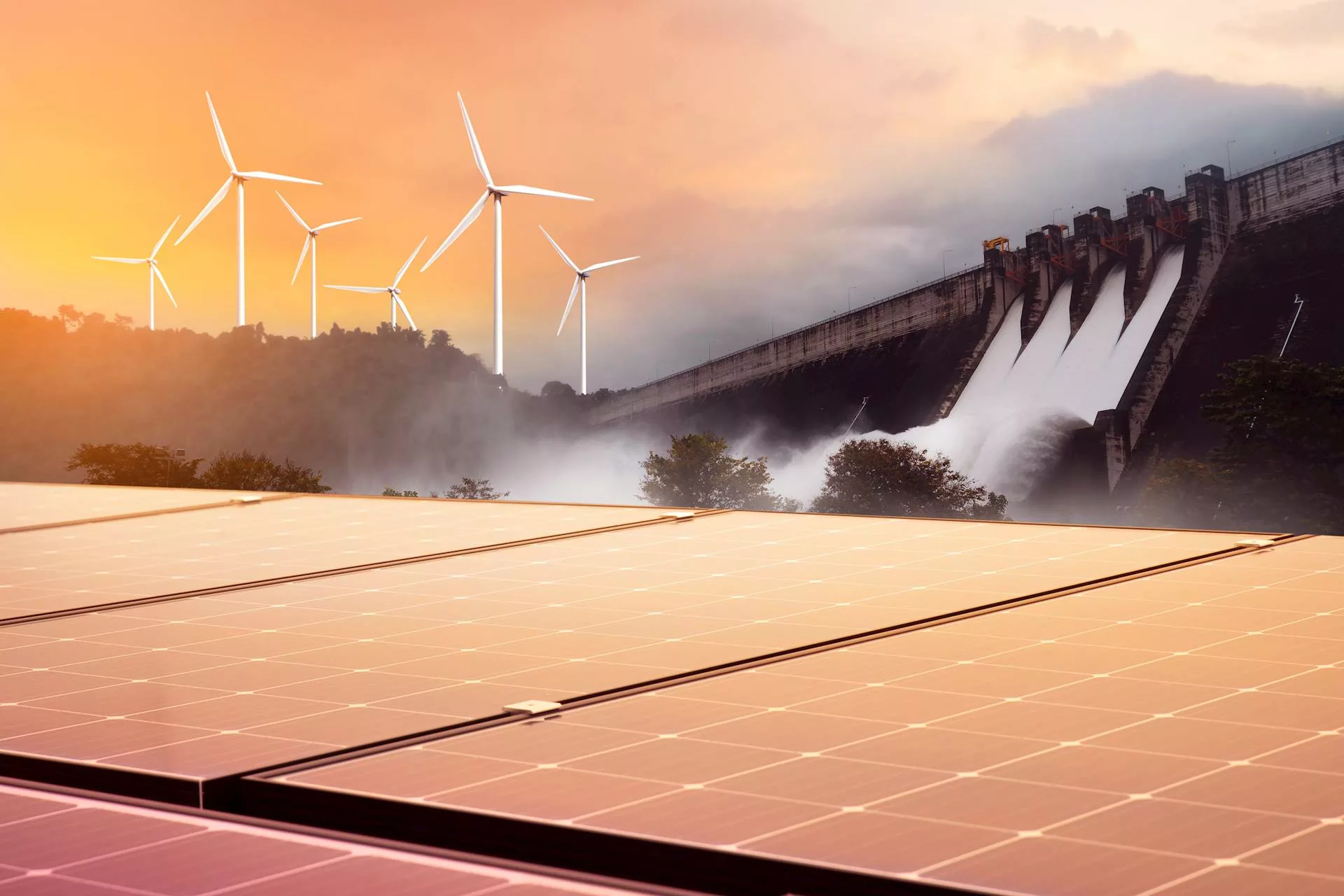
As we face the challenges of climate change and dwindling fossil fuel reserves, innovative energy projects are paving the way for a more sustainable future. Let’s explore some of the groundbreaking initiatives shaping the energy landscape.
Renewable energy
One of the most promising developments is the expansion of renewable energy sources. Solar and wind power have seen tremendous growth, thanks to technological advancements and decreasing costs. Solar panels are becoming more efficient, and wind turbines are now capable of generating power even at lower wind speeds. These improvements make renewable energy more accessible and reliable.
Energy storage
Energy storage is a crucial component of the future energy grid. As renewable sources like solar and wind are intermittent, effective storage solutions are needed to ensure a steady power supply. Innovations in battery technology, such as lithium-ion and solid-state batteries, are making it possible to store large amounts of energy for use when the sun isn’t shining or the wind isn’t blowing. Another exciting trend in energy storage is the development of graphene-based batteries. Graphene, a single layer of carbon atoms arranged in a hexagonal lattice, offers remarkable properties such as high electrical conductivity and mechanical strength. Graphene batteries can charge faster, last longer and store more energy compared to traditional lithium-ion batteries. These advancements make graphene a promising material for future energy storage solutions, particularly in electric vehicles and portable electronics.
Hydrogen
Hydrogen is emerging as a versatile and clean energy carrier. It can be used for heating, energy generation and even transportation. Hydrogen fuel cells produce electricity with water as the only byproduct, making them an environmentally friendly alternative to fossil fuels. Additionally, hydrogen can be stored and transported, providing a flexible solution for various energy needs. A notable advancement in this field is the use of oxy-hydrogen, a mixture of hydrogen and oxygen gases that can be used for high-temperature heating applications and energy generation. When burned, it produces only water vapor, making it an exceptionally clean fuel. This technology holds great promise for industrial processes and other applications requiring intense heat, such as metal cutting and welding, glass and acrylic polishing, melting precious metals and various laboratory processes.
Policies and infrastructure
Policy and infrastructure also play vital roles in the energy transition. Governments worldwide are implementing policies to support renewable energy adoption and reduce carbon emissions. Investments in smart grids and energy-efficient buildings are also essential to create a sustainable energy ecosystem.
As we look to the future, a combination of innovative technologies, supportive policies and robust infrastructure will be key to forming a sustainable energy landscape. By embracing these advancements, we can reduce our reliance on fossil fuels and create a cleaner, greener world for future generations.
If you’re looking for further information, check out the following resources below that were used for research on the topics in this article. You can also reach out to Ivan Meneses at imeneses@hanson-inc.com.
“Graphene Oxide–Lithium-Ion Batteries: Inauguration of an Era in Energy Storage Technology,” Clean Energy journal
“Progress and Prospects of Graphene-Based Materials in Lithium Batteries,” Rare Metals journal
“Optimization of Hydrogen Supercritical Oxy-Combustion in Gas Turbines,” Fuels journal
“The Performance and Efficiency of Novel Oxy-Hydrogen-Argon Gas Power Cycles for Zero Emission Power Generation,” Energy Conversion and Management journal





